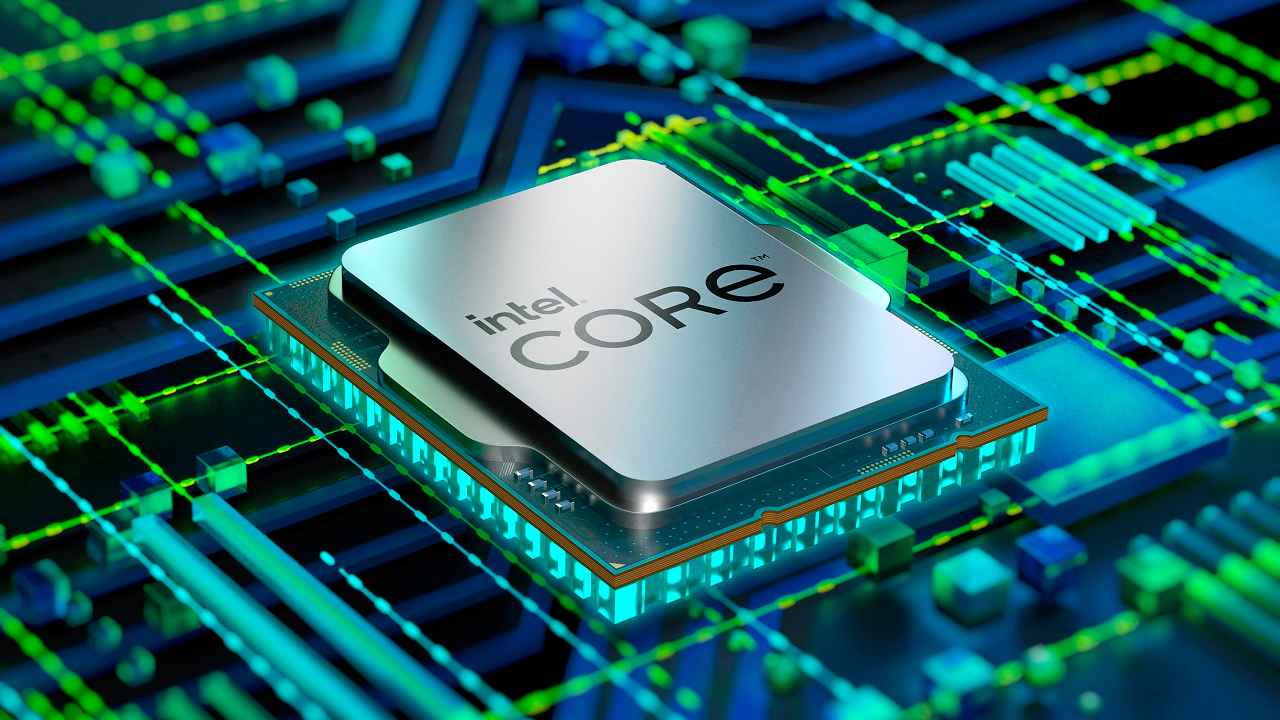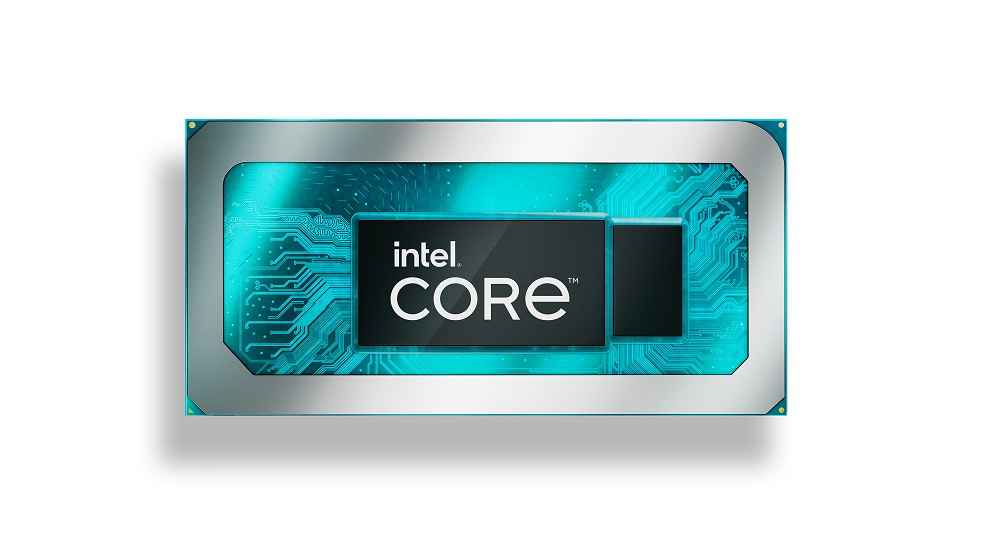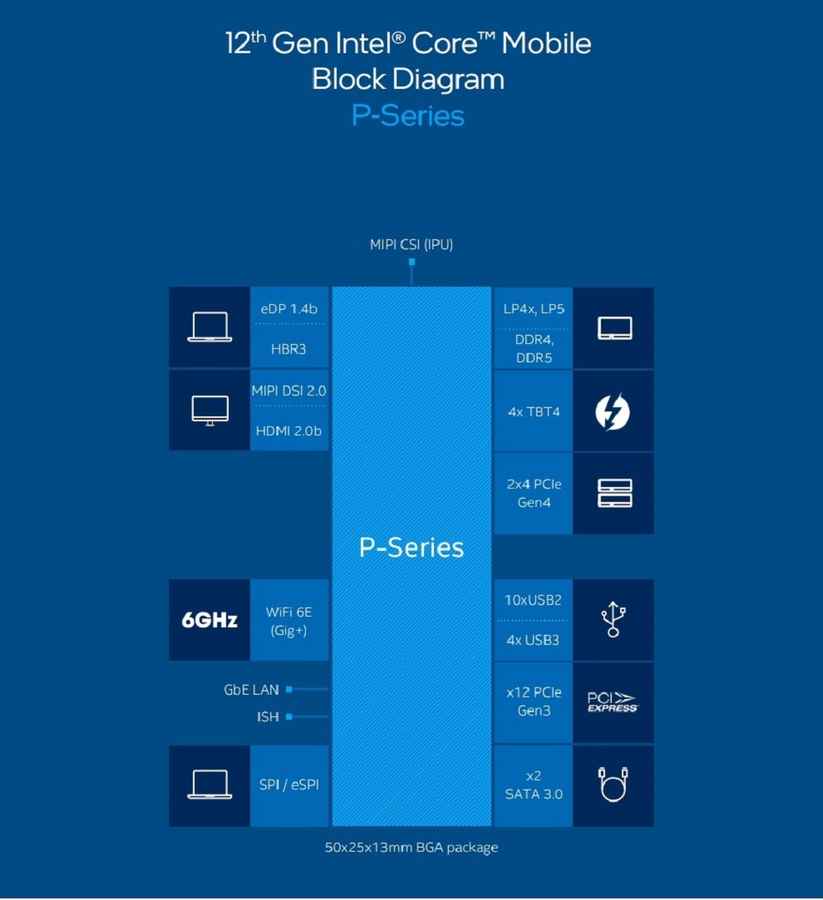Interview: Marcus Kennedy from Intel on how the 12th Gen is all about performance leadership across the board
The Intel 12th Gen brings big changes for even bigger performance gains
Marcus Kennedy gives us a deep dive into how the new Intel hybrid architecture is built to deliver scalable performance across platforms and device segments
A higher number of cores and threads along with a combination of performance and efficiency cores is the name of the game

We caught up with Marcus Kennedy – General Manager, Gaming Division, Client Computing Group at Intel, on the all-new Intel 12th gen processors and the big performance gains that it brings to the table. From the hybrid architecture, to how it stacks up against the competition, we’ve got a whole lot of insight on how Intel sees the 12th gen processors make a big impact on the desktop as well as the laptop market.
 Survey
SurveyMarcus Kennedy – General Manager, Gaming Division, Client Computing Group, Intel
The 12th gen is a big, big change in terms of the approach towards mobile as well as desktop processors and Big and bigger performance also as the platform as a whole, with the big-little sort of architecture that it brings in, can you help us understand the thought process behind this approach?
I actually like to call it big and bigger and not big-little. There are two kinds of cores in this architecture, the P cores which are the performance cores, and then there are the E cores which are the efficiency cores. The P cores are the highest performing cores that we’ve ever made. They are designed to deliver enthusiast-level performance, while the E cores are the efficiency cores, based on a different architecture, they are not small cores when it comes to performance either. In fact, they compare very favourably to our previous Skylake generation in terms of performance. So, it's a combination of our previous generation and packing it with our newest generation cores. And, that’s why I like to call it big and bigger because the performance level when you put these together is very, very high.
You talked about the shift being a significant one for us and yes, the new performance hybrid architecture is a big shift in our X86 architecture in more than a decade bringing the core microarchitecture cores into a single product. The P cores are the highest performing cores, built for maximum burst and for highest single-threaded performance, while the E cores are built for scalable multicore performance. You put those two things together along with our Intel thread director, which is hardware baked directly into the silicon that we tie into the OS to deliver optimal performance by adapting to the workloads and optimizing the use of both the P cores and the E cores.
You mentioned the Intel thread director, which is baked into the hardware. What about the software? How do applications, adapt to the new way of dealing with the P cores and E cores. Are you working with developers to ensure applications make optimal use of the architecture?
We’ve always worked with ecosystem partners on software and optimizing threading libraries. Operating systems have always made decisions on where to place threads and workloads
based on information. But, mostly the information was limited to basic statistics around foreground and background tasks that the application designer tells the operating system
that he wants to flag. What the Intel thread director does is, it enables these two new core architectures to work seamlessly together, by guiding the operating system. It gives it a lot
more information than it ever had. From the real-time state of the core to the instruction mix to various other telemetrics that go all the way down to the granular level. It allows the OS
to make more intelligent scheduling decisions that it had in the past. So, that’s really the big advantage with the thread director.
Is the hybrid architecture the way forward for Intel? Will we see the upcoming generations of Intel processors adapt to the hybrid direction?
Our approach starts with performance as opposed to other companies where they start with battery savings on mobile, where they really focus on power consumption. We started with performance, our most important goal when we designed the hybrid approach was to support all client segments with a single highly scalable architecture that caters to the three design points. First, is the maximum performance in the two-chip socket on the desktop side with leadership performance while enabling power efficiency even in that design with the efficiency cores, all the way through to the high-performance mobile BGA package. When you add the larger XE graphics and Thunderbolt 4 connectivity, we can fit a lot into the mobile performance envelope. And then scaling all the way down to the thin, low-power high-density packages, where you optimise that I/O and power delivery. For us, hitting those three design points and scaling the architecture from the top to the bottom was really important. So, to answer your question, we will always focus on performance and optimise for the best experience. While we can’t talk about products that haven’t been announced yet, we are very comfortable with this hybrid approach, particularly the way it scales all the way down, from high performance to lower power designs.
How does the Intel 12th gen platform compare to the competition? The AMD Ryzen 5000 series on the desktop and the Ryzen 6000 series on the mobile front?
I am not going to comment on other company’s processors. What I can say though, is that we stand firmly behind our claim of the world’s best gaming processor, with the Intel Core i9-12900K, that we launched back in Q4 2021. That holds firm not by just our numbers but also by the reviewers around the world. And even when you look at the midsegment on the desktop side, going down from 16 cores at the top to the 8-12 core segment offered by the 12th gen Core i5 series, even they deliver great performance along with great value. On the mobile side, with our announcements at the CES, we have the claim for the fastest gaming processor on the mobile platform as well. From our perspective, the 12th Gen Intel processors bring new levels of industry-leading performance and we stand behind them.
The all-new P-series strikes a balance between high performance and power efficiency
How does the DDR5 aspect play out? Do you see more of 12th Genbased laptops to launch with DDR5 memory this year or is it going to be a mix of DDR4 and DDR5 that we see this year? Also, what is the performance delta on the 12th gen processors when it comes to DDR4 vs DDR5 across applications?
This year, the DDR5 memory technology is in transition and the 12th generation processors do support DDR5 as well as DDR4 memory. On the desktop side the focus is on DDR5 while on the notebook side, we see more DDR4 based products. Over time, as DDR5 continues to mature, we expect the adoption to ramp up across the industry. About the performance delta. Systems with DDR5 do show that they are faster on games, however, even with DDR4, it is still a great experience. The CPU itself is doing a whole lot of heavy lifting and the memory is a bonus. Sure, there is a performance bump with DDR5, but you still have great experiences with DDR4 on the Intel 12th gen processors.
The Intel 12th Gen processors also bring a brand new P-series on the mobile front, where do they sit in the overall scheme of things?
The P series is in the performance space, in comparison to the U series that were focused on the smaller, thin-and-light series. While not being in the same league as the enthusiasts’ level that the H-series caters to, the P series strikes a balance between higher-end performance and solid endurance on the battery life front.
Soham Raninga
Soham Raninga is the Chief Editor for Digit.in. A proponent of performance > features. Soham's tryst with tech started way back in Dec 1997, when he almost destroyed his computer, trying to make the Quake II demo run at >30FPS View Full Profile


